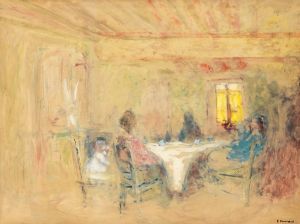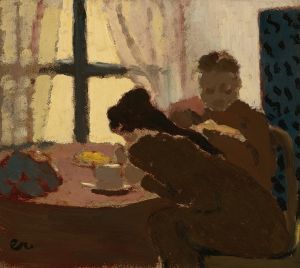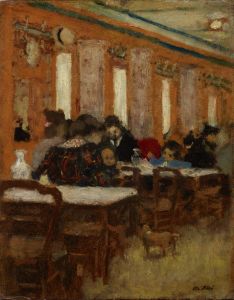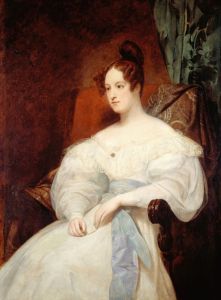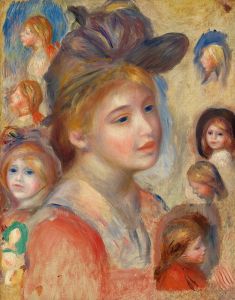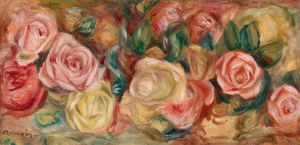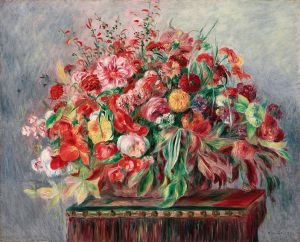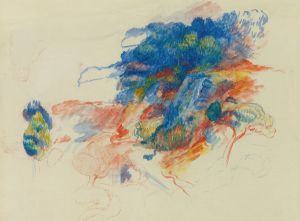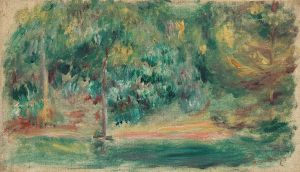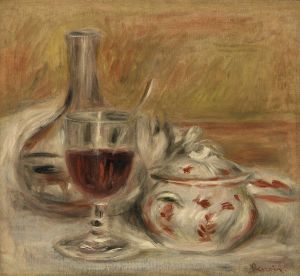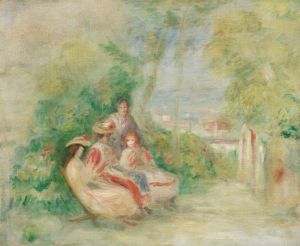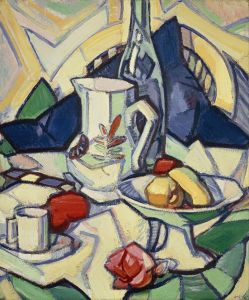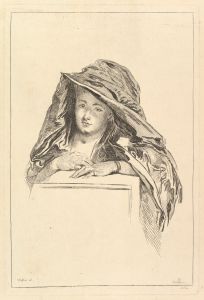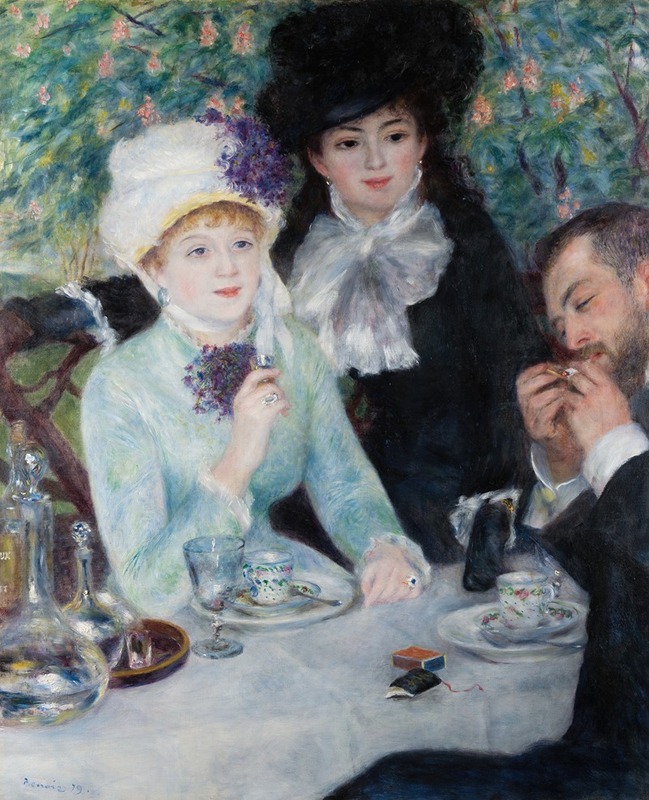
After the Luncheon
A hand-painted replica of Pierre-Auguste Renoir’s masterpiece After the Luncheon, meticulously crafted by professional artists to capture the true essence of the original. Each piece is created with museum-quality canvas and rare mineral pigments, carefully painted by experienced artists with delicate brushstrokes and rich, layered colors to perfectly recreate the texture of the original artwork. Unlike machine-printed reproductions, this hand-painted version brings the painting to life, infused with the artist’s emotions and skill in every stroke. Whether for personal collection or home decoration, it instantly elevates the artistic atmosphere of any space.
"After the Luncheon" is a painting by the renowned French artist Pierre-Auguste Renoir, a leading figure in the Impressionist movement. Created in 1879, this artwork exemplifies Renoir's mastery in capturing the nuances of light and color, as well as his interest in depicting leisurely scenes of contemporary life.
The painting portrays a serene moment after a meal, featuring a woman seated at a table. She is dressed in a light-colored, elegant dress, and her expression is contemplative, suggesting a moment of quiet reflection. The table is adorned with the remnants of a meal, including a wine bottle and a glass, which add to the casual, intimate atmosphere of the scene. The background is softly blurred, a technique Renoir often employed to emphasize the subject and create a sense of depth.
Renoir's use of light in "After the Luncheon" is particularly noteworthy. The artist skillfully captures the play of natural light, which filters through the scene, casting gentle shadows and highlighting the textures of the woman's dress and the tablecloth. This attention to the effects of light is a hallmark of Impressionism, a movement that sought to depict the changing qualities of light and color in everyday scenes.
The composition of the painting reflects Renoir's interest in the human figure and his ability to convey mood and emotion through subtle gestures and expressions. The woman's relaxed posture and thoughtful gaze invite the viewer to ponder her thoughts and the nature of the moment captured in the painting.
"After the Luncheon" is part of a broader body of work by Renoir that explores themes of leisure and modernity. During the late 19th century, Paris was undergoing significant social and cultural changes, and Renoir, along with his fellow Impressionists, sought to capture the spirit of this era through scenes of urban life, social gatherings, and intimate moments.
Renoir's technique in this painting, as in many of his works, involves loose, fluid brushstrokes that create a sense of movement and spontaneity. This approach allows the viewer to experience the immediacy of the scene, as if they are witnessing the moment firsthand. The vibrant yet harmonious color palette further enhances the painting's lively yet tranquil atmosphere.
"After the Luncheon" is a testament to Renoir's ability to blend technical skill with a deep appreciation for the beauty of everyday life. His work continues to be celebrated for its contribution to the Impressionist movement and its enduring appeal to audiences around the world.
Today, "After the Luncheon" is held in a private collection, and while it may not be as widely known as some of Renoir's other masterpieces, it remains an important example of his artistic vision and the themes that defined his career. Through this painting, Renoir invites viewers to pause and appreciate the simple, fleeting moments that make up the fabric of life.





